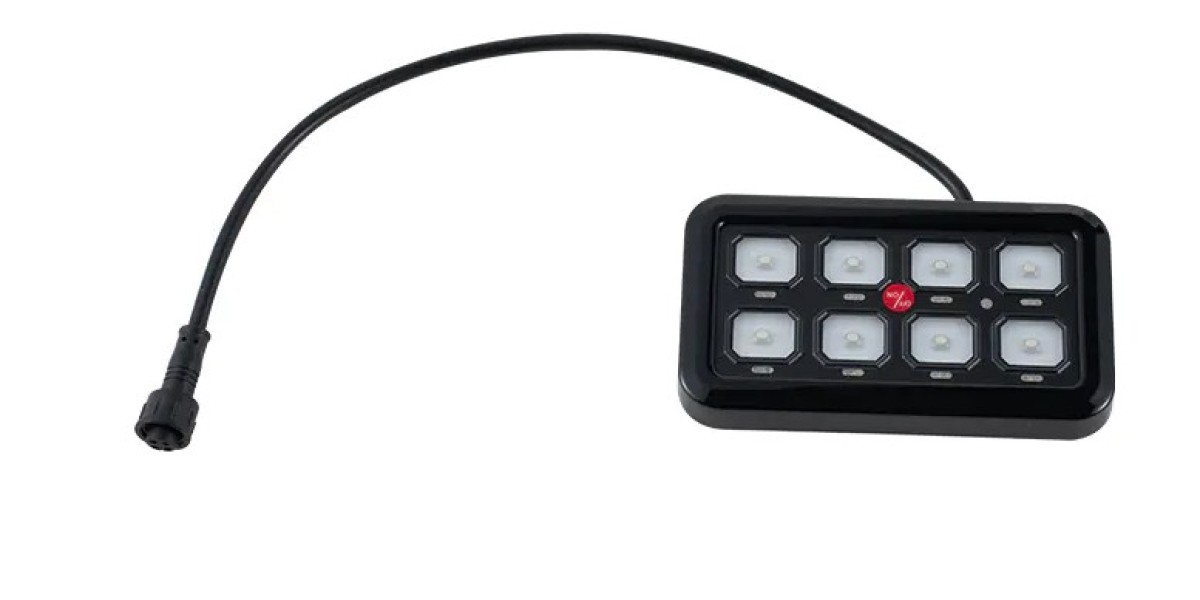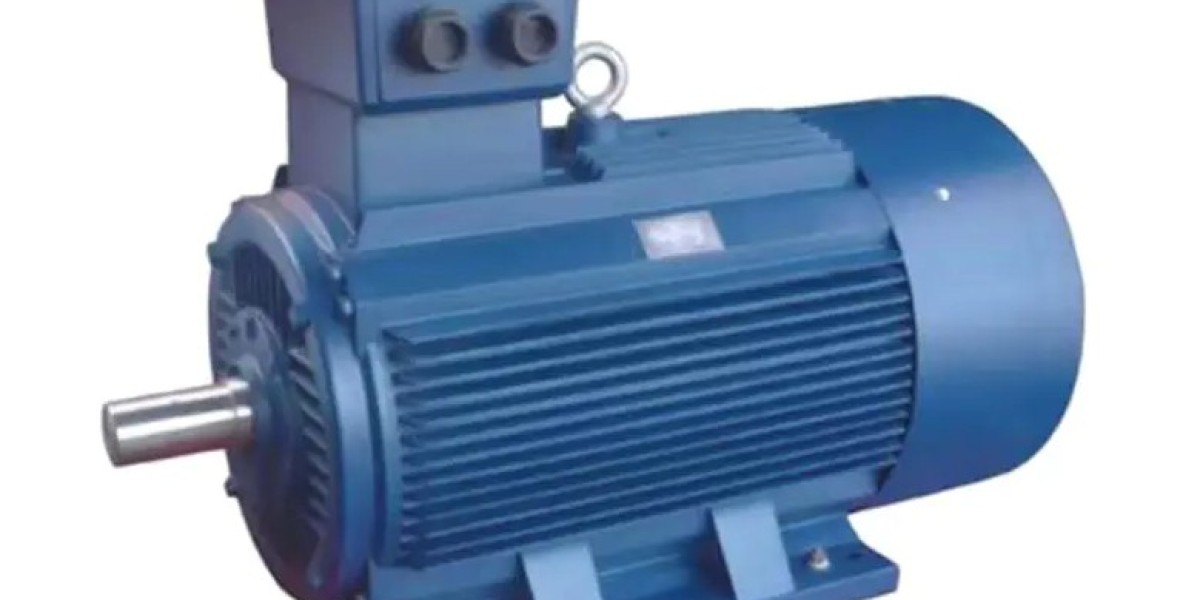Proper wiring is fundamental to the safe and efficient operation of any switch panel in electrical installations. Incorrect or careless wiring can lead to electrical faults, equipment damage, or even severe hazards such as electrical shocks and fires. Ensuring correct and safe wiring of a switch panel requires attention to detail, adherence to standards, and careful planning. This article highlights essential steps and best practices for wiring a switch panel correctly and safely.
The first and most important step is to thoroughly understand the wiring diagram or schematic provided by the manufacturer. Switch panels vary in design and function, and each terminal or connector must be wired according to the specific instructions. Miswiring can cause malfunction or permanent damage. Therefore, always consult the manual and verify the purpose of each wire, whether it is for power input, output, grounding, or control signals.
Safety begins with disconnecting power sources before starting any wiring work. This simple precaution prevents accidental electric shocks during installation. Using a properly rated voltage tester to confirm the absence of live current is highly recommended. Wearing personal protective equipment such as insulated gloves and safety glasses adds an extra layer of safety.
When preparing wires for connection, ensure that cables are stripped correctly without damaging the conductor strands. Over-stripping or nicking wires can weaken the connection and increase the risk of overheating or failure. Use appropriate wire strippers sized for the cable gauge to maintain integrity.
Next, pay close attention to the selection of wire types and sizes. Switch panels require wires that can handle the expected load current safely. Using undersized wires can cause overheating and fire hazards. Refer to local electrical codes and standards, such as the National Electrical Code (NEC), to determine the correct wire gauge and insulation types.
Securing wires firmly to their terminals is also critical. Loose connections can cause arcing, voltage drops, and intermittent faults. Use a screwdriver of the proper size and torque setting, if available, to tighten terminal screws. Avoid overtightening, which can damage terminals or strip threads.
Grounding the switch panel correctly ensures a safe path for fault currents and reduces the risk of electric shock. Always connect grounding wires to the designated terminal or grounding bus bar, following code requirements. The grounding conductor should be continuous and unbroken to maintain safety.
Cable management plays a significant role in maintaining wiring safety and organization. Route wires neatly using cable ties, conduits, or cable trays to avoid tangling, mechanical damage, or interference. Keeping power and control wiring separated helps reduce electrical noise and potential malfunction.
After completing the wiring, double-check all connections against the wiring diagram. Inspect for any exposed conductors or improperly seated wires. It is also advisable to perform continuity and insulation resistance tests using specialized meters to ensure there are no short circuits or open circuits.
Finally, once the wiring is verified, restore power cautiously and observe the switch panel’s operation. Monitor for any abnormal heat, noise, or smells, which may indicate wiring issues. Address any problems immediately to prevent further damage or hazards.
In conclusion, ensuring correct and safe wiring of a switch panel requires careful planning, adherence to technical instructions, proper tool use, and safety precautions. Following these best practices not only protects equipment and users but also contributes to the long-term reliability of the electrical system.
8 SWITCH PANEL SYSTEM
Vin: 12V~24V
Pout: 600W-1200W








